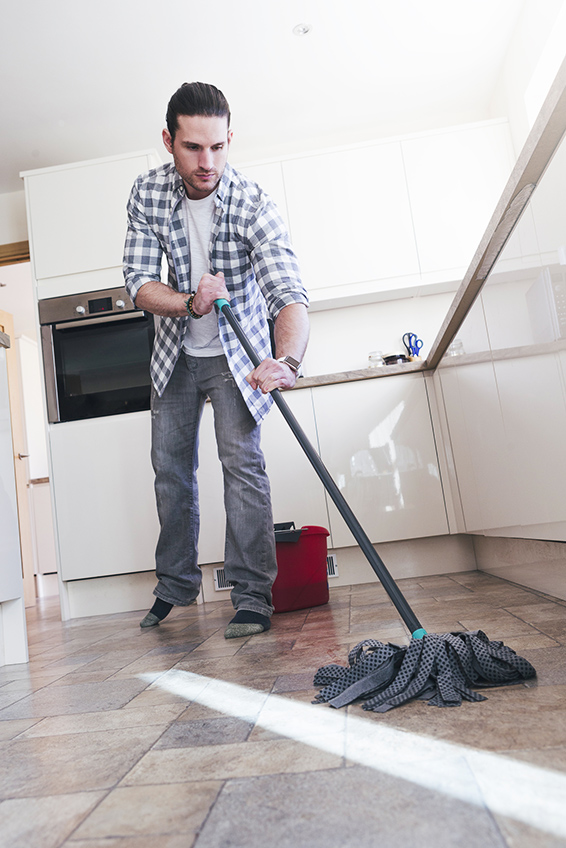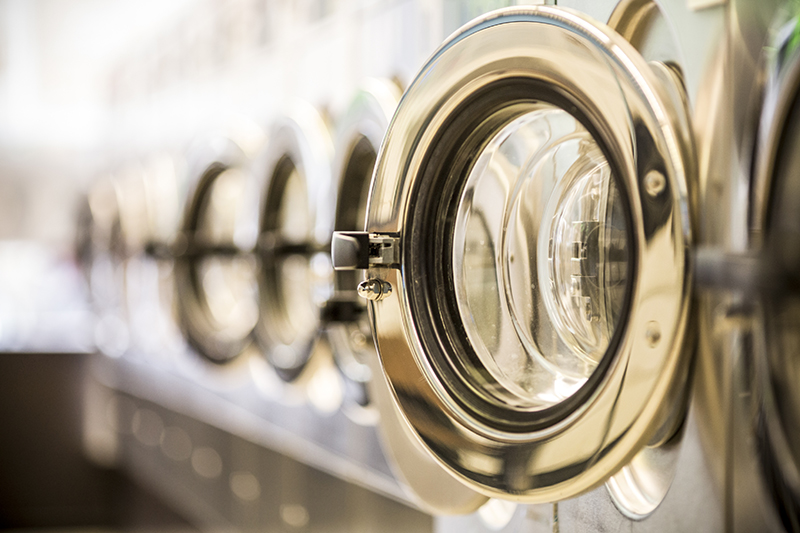Preventing Water Damage in the Laundry Room
Heat and moisture along with a mixture of water damage can create big problems in the laundry room. Avoid water problems and mold by doing easy to follow maintenance. Listed below are simple to follow guidelines. These tips can also will provide indications for potential water damage that can be caused by the washer, the dryer, hoses, filters, and the utility sink. Performing thorough inspections every few months can save you a lot.
 The Washer
The Washer
Check the hot and cold lines frequently. Start with the joints and fix a leak if you find it. Be sure to check both ends of the water lines. Don’t forget to clean or replace the filters once in a while. A blocked filter will slow the water flow into the washing machine, and may cause some malfunctions. This problem is worse in areas with hard water. Look for drips into the washing machine when not in use and if you detect a leak, replace the valve.
Hoses & Filters
Like in most appliances, problems often start in the hose. Keep a minimum of 4 inches between the water connection and the back of the washer. This space will prevent the hose from kinking and bursting. Check the hoses and replace them if old. Consider installing steel-braided hoses.
The Dryer
The dryer is always connected to a ventilation hose. Check it carefully. The dryer ventilation hose must be connected to the outdoors. Search for lint behind and under the dryer. Make the exhaust short as possible for the dryer to vent efficiently,
 Utility Sink
Utility Sink
This is sometimes the source for water related problems. Search for leaks under the sink. A trickle in the trap under the sink can be an indication for issues. Slow draining pipes may indicate a partially blocked drain. A constantly dripping faucet must me repaired promptly. Replace cracked or loose sink seals. Damped or stained walls around plumbing pipes indicate an internal leak. Have the sink immediately fixed before additional damage occurs unless you want more problems to arise.


Speak Your Mind